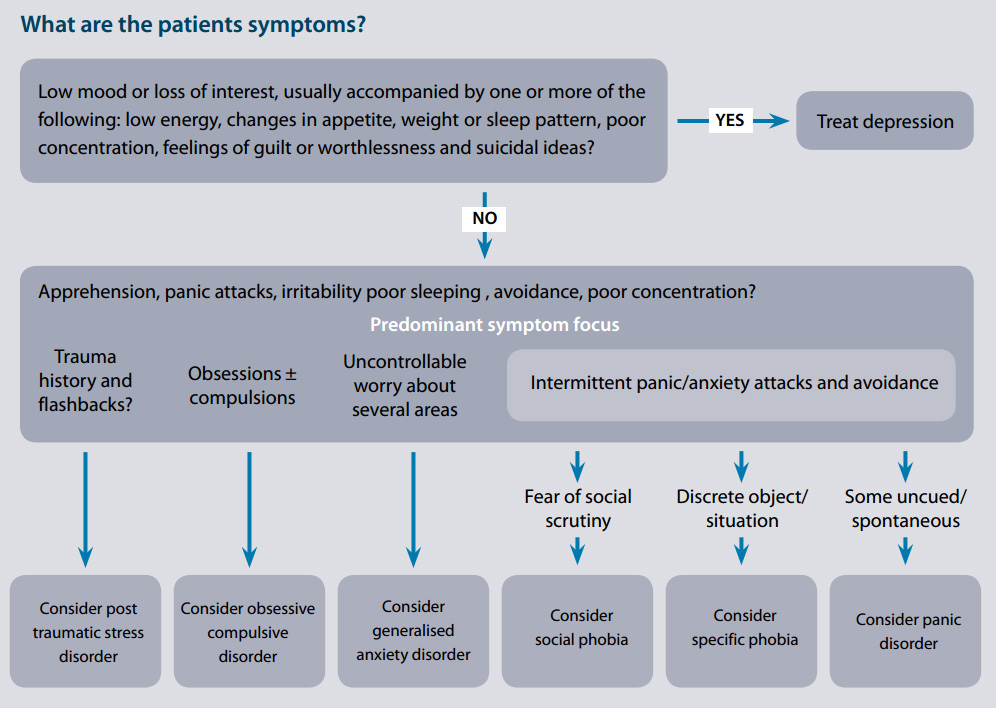Taking a mental health history and conducting a mental state examination (MSE) is essential in diagnosing and managing psychiatric disorders. Here are the key elements:
Mental Health History:
- Identifying Data:
- Age, gender, marital status, occupation, source of referral, etc.
- Chief Complaint:
- The main reason for the patient’s visit in their own words.
- History of Present Illness:
- Detailed description of the onset, course, and duration of the presenting symptoms.
- Past Psychiatric History:
- Previous psychiatric diagnoses, treatments (including medications, therapy, hospitalizations)
- Response to treatment and any side effects experienced
- Medical History:
- Current and past medical conditions
- Current medications, allergies
- Substance Use History:
- Type of substance, quantity, frequency, duration, and last use.
- Also, details about any periods of abstinence or treatments for substance use disorders.
- Family History:
- Psychiatric illnesses in the family
- Medical conditions, especially those that could have a genetic predisposition
- Personal and Social History:
- Developmental history, education, occupational history
- Relationships, social support, living situation
- Legal issues, hobbies, and cultural background
- Review of Systems:
- Assess for symptoms across various body systems that might be relevant to psychiatric conditions or side effects of psychiatric medications.
Mental State Examination (MSE): ABASMATT PCIR
- Appearance: Dress, grooming, posture, and any unusual physical characteristics.
- Behavior: Eye contact, psychomotor agitation or retardation, any abnormal movements or gestures.
- Attitude Toward the Examiner: Cooperative, hostile, evasive, etc.
- Speech: Rate, volume, quantity of information, quality (e.g., monotonous, pressured).
- Mood and Affect:
- Mood: The patient’s pervasive and sustained emotional state (e.g., “How have you been feeling?”)
- Affect: The emotional expression observed by the clinician (e.g., flat, labile, congruent or incongruent with mood).
- Thought Process: The way thoughts are organized and expressed (e.g., linear, circumstantial, tangential, loose associations).
- Thought Content: What the patient is thinking about (e.g., delusions, hallucinations, suicidal or homicidal ideations).
- Perception: Any misperceptions, such as hallucinations.
- Cognition:
- Orientation to time, place, person
- Attention, concentration
- Memory (immediate, short-term, long-term)
- General knowledge, abstract thinking, and intelligence level
- Insight and Judgment:
- Insight: Awareness and understanding of one’s own condition.
- Judgment: Ability to predict the consequences of one’s actions and make decisions.
- Risk Assessment: Evaluation of risk for harm to self or others, including any suicidal or homicidal ideations, plans, and means.
The information collected during the mental health history and MSE provides a comprehensive picture of the patient’s current mental health status and guides diagnosis and treatment planning. It’s essential to approach these assessments with empathy, cultural sensitivity, and without judgment to establish rapport and trust with the patient.
Mood Descriptors
- Neutral/Balanced Mood:
- Euthymic: A normal, balanced mood state.
- Depressive Moods:
- Dysthymic: Mildly depressed mood.
- Anhedonic: Loss of interest or pleasure.
- Depressed: Sadness, hopelessness, negative outlook.
- Apathetic: Indifference or lack of interest or concern.
- Elevated/Overactive Moods:
- Elevated: Overly cheerful or elated mood.
- Expansive: Unceasing and inappropriate enthusiasm or optimism.
- Elated: Extremely happy or joyful.
- Manic: Abnormally elevated, expansive, or irritable mood.
- Hypomanic: Similar to manic but less severe.
- Moods Indicative of Discomfort/Dissatisfaction:
- Dysphoric: Restlessness, dissatisfaction, discomfort.
- Irritable: Easily annoyed and provoked to anger.
- Diminished Emotional Expression:
- Blunted: Reduced intensity of emotional expression.
- Flat: Absence or near absence of emotional expression.
- Variability in Mood:
- Labile: Rapid and abrupt changes in mood.
- Anxiety-Related:
- Anxious: Feelings of unease, worry, or fear.

